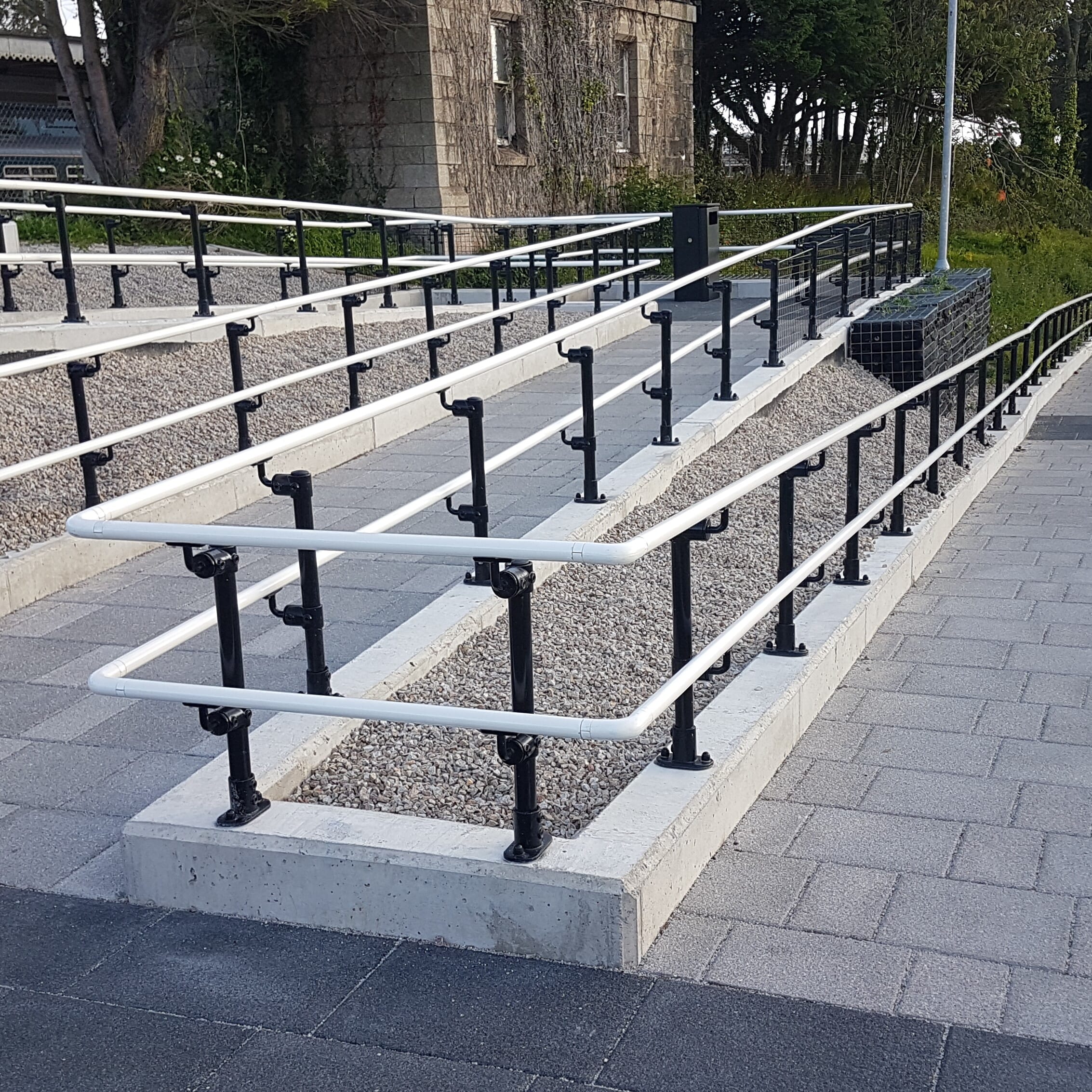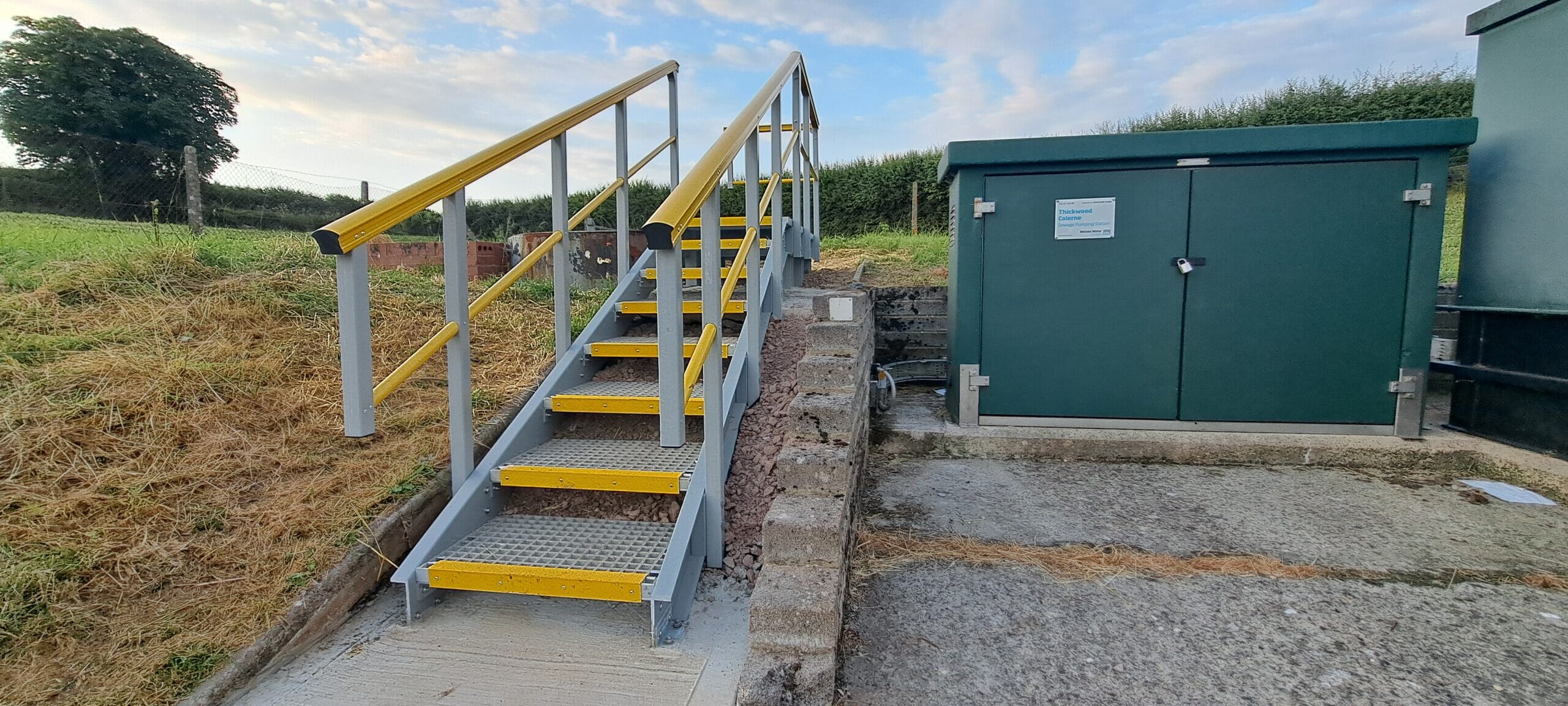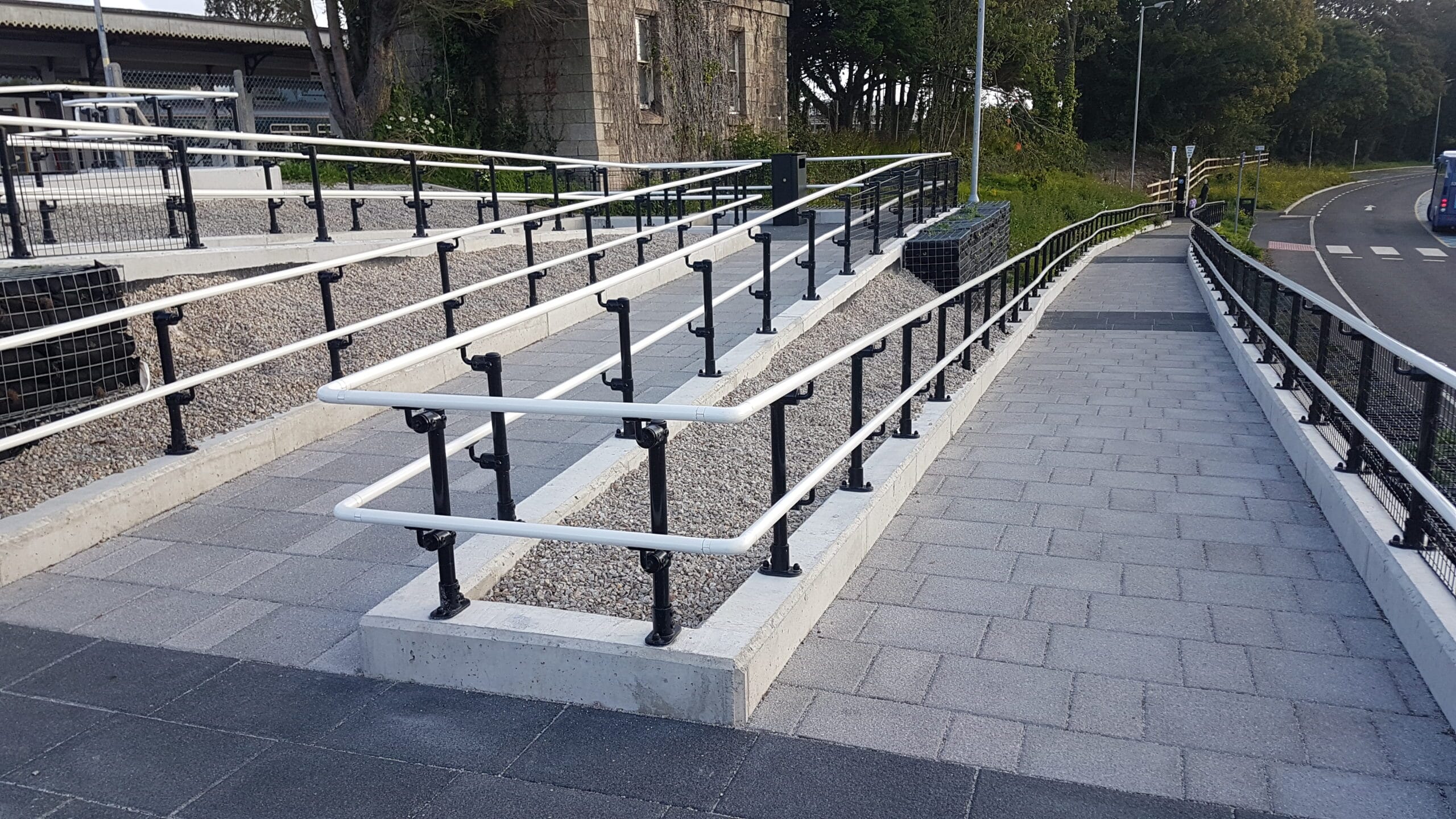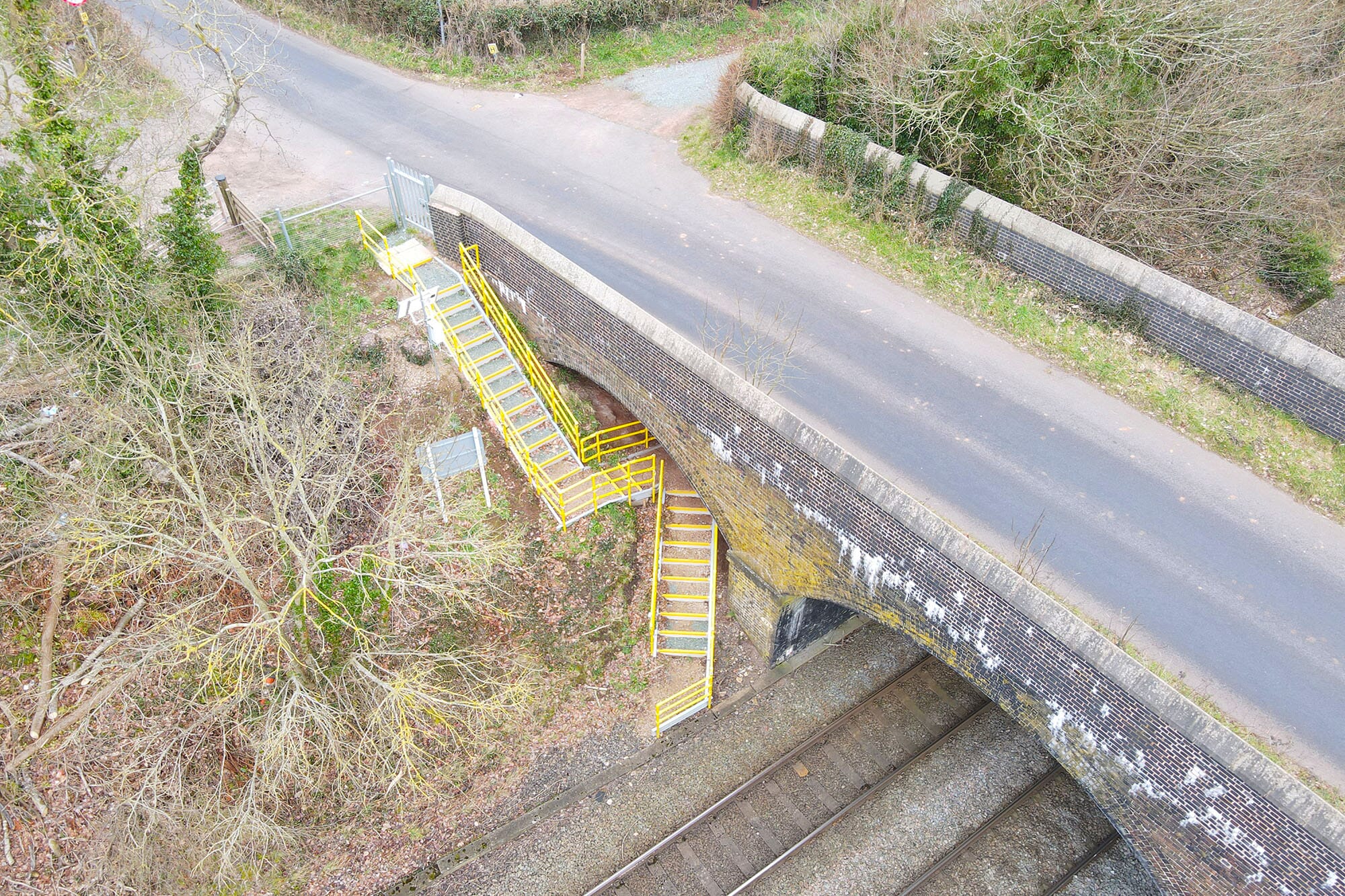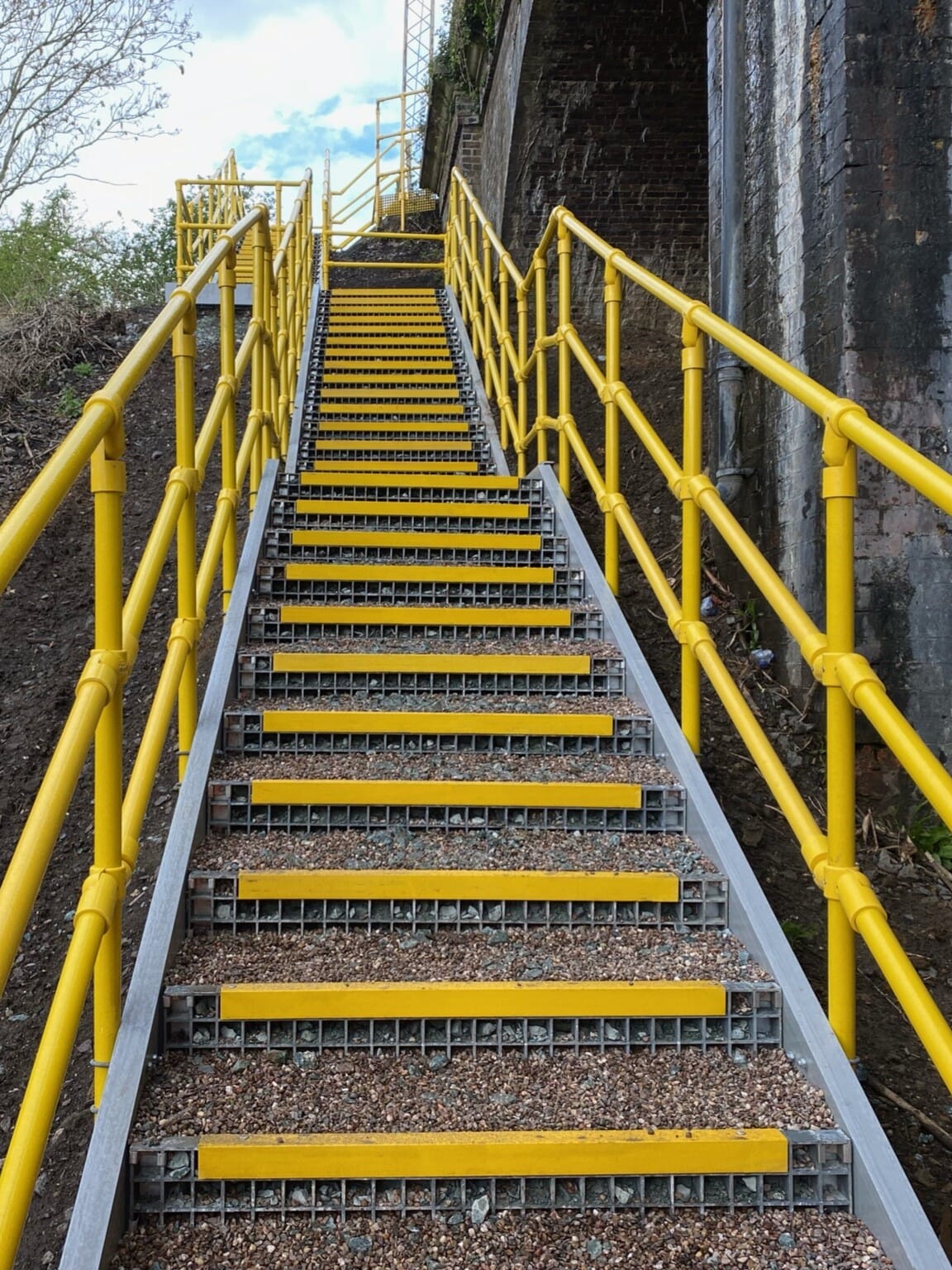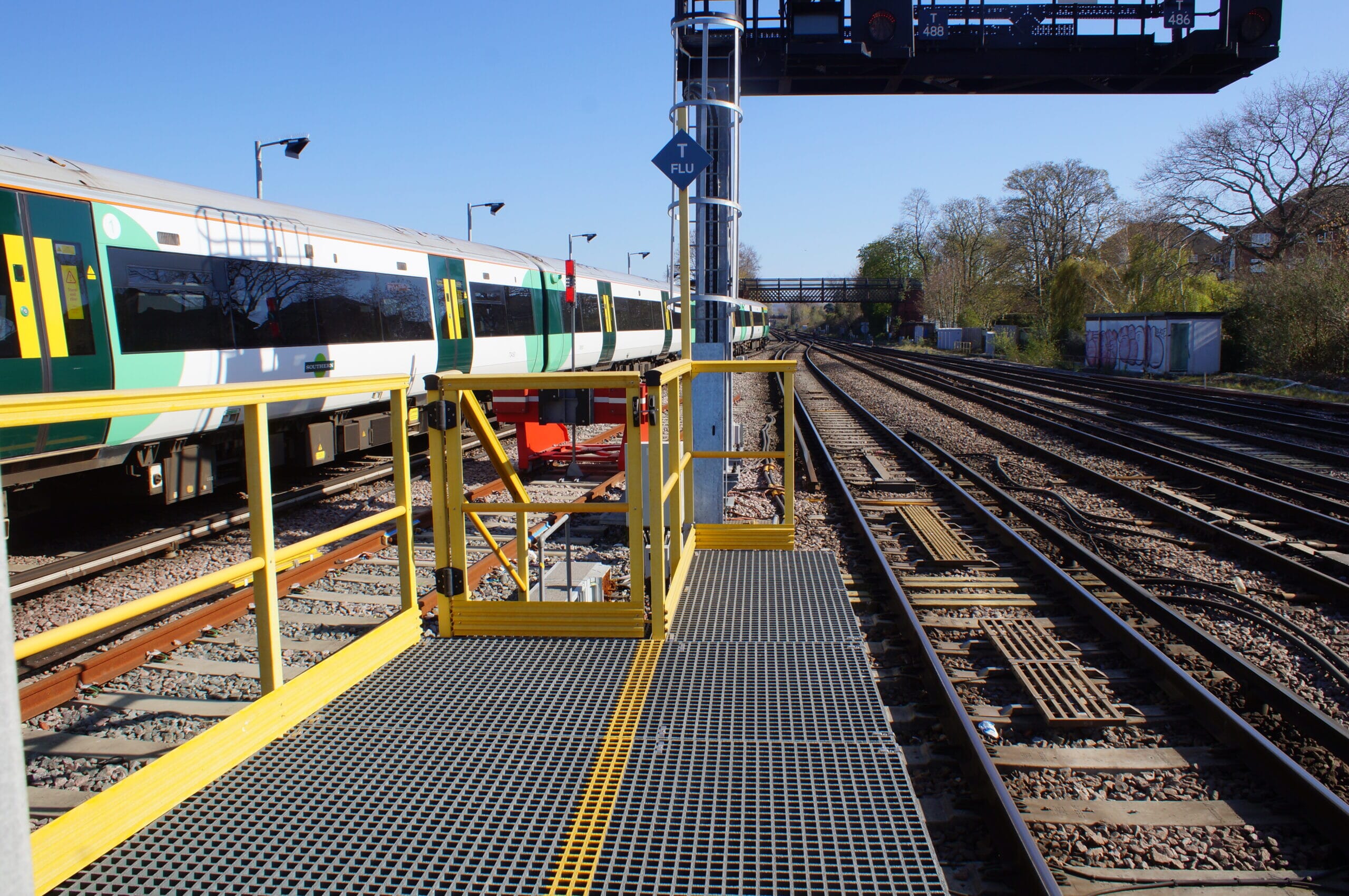What are 'Not Cold to Touch' Handrails?
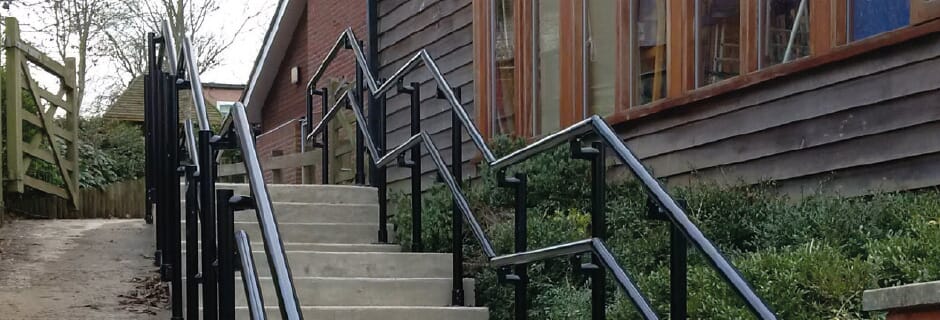
When considering the accessibility and comfort of handrail systems, especially in environments subject to varying temperatures, the tactile temperature of the material used is crucial. This brings us to the concept of ‘not cold to the touch.’ Understanding this property can significantly impact the functionality and user comfort in handrail systems like those specified for Disability Discrimination Act (DDA) compliance.
What does ‘Not Cold to the Touch’ Mean?
‘Not cold to the touch’ refers to materials that do not feel unbearingly cold in lower temperatures, especially in winter and the colder months. This attribute is vital for handrails as it ensures comfort and ease of use, especially for individuals with heightened sensitivity to cold due to certain medical conditions or age. Materials that are not cold to the touch remain around neutral temperature, reducing discomfort when touched, thereby not deterring their use.

Is ‘Not Cold to Touch’ the Same as ‘Warm to Touch’?
It’s important to distinguish between ‘not cold to touch’ and ‘warm to touch.’ While the former means that the material does not feel cold, it does not necessarily imply that it feels warm. Instead, ‘not cold to touch’ materials simply do not transfer heat away from the body as quickly as colder materials like metal, making them feel more neutral and comfortable in various weather conditions.
Why is Not Cold to Touch So Important?
The importance of using materials that are not cold to the touch in handrails is essential in creating accessible environments for all users, including the elderly and those with disabilities. Cold surfaces can be particularly uncomfortable and discourage handrail use, which is critical for safety and mobility. By incorporating materials that maintain a neutral feel, facilities can ensure that handrails are used effectively and safely, regardless of temperature.
In environments where handrails are outdoors or in unheated corridors, having a ‘not cold to the touch’ feature ensures that the handrail remains user-friendly year-round. This attribute is especially appreciated during the colder months when metal handrails can become particularly chilly and uncomfortable to grasp, and the flooring underfoot can become slippery from water or ice.
What are DDA Handrails?
DDA handrails are designed to comply with the Disability Discrimination Act requirements, ensuring that public and commercial buildings are accessible and usable by people with disabilities. These handrails are specifically engineered to offer a combination of strength, durability, and a user-friendly interface. One of the key features of DDA handrails is that they are often made from materials that are not cold to the touch.
Characteristics of DDA Handrails:
- Ergonomic Design: Designed to be easy to grip and use, enabling movement and support for all users, including those with limited physical capabilities.
- Visibility: Manufactured in high-contrast colours to aid those with impaired vision.
- Material: Powder-coated handrails are not cold to the touch and offer a neutral tactile experience.
- Installation: Installed at specific heights and with particular clearances to ensure usability and compliance with regulations.
DDA handrails, provided by companies like Ezi Klamp, are crucial in creating inclusive environments. They ensure that accessibility is not compromised, adhering to the ethos that good design should meet the needs of as many people as possible.
‘Not cold to the touch’ is more than just a comfort feature; it’s a necessary design consideration that enhances the usability and accessibility of handrail systems, particularly in compliance with DDA standards. This feature, integral to the design of DDA handrails, ensures they can be used comfortably and effectively, regardless of temperature changes or user sensitivity to cold. Visit our DDA handrail systems page to learn more about our range of compliant and user-friendly handrail solutions.
